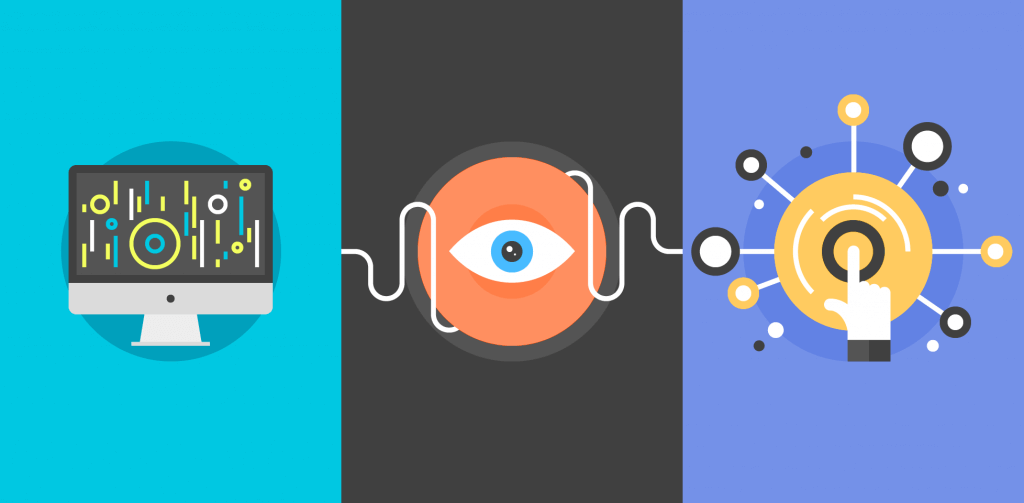
The average hotel website conversion rate is 2.2 %, with the top 20 % of hotels having an average conversion rate of 5.6 % and the bottom 20 % having a conversion rate of 0.3 %. These are sweeping averages which might be practical when benchmarking one’s hotel but are almost always impossible to use individually.
The conversion rate of a hotel website is determined by so many factors that one shouldn’t be fooled into trying to meet an industry average. Instead one needs to understand the factors that make up those rates and try to improve each point.
As a full service hotel distribution and technology company in FASTBOOKING we have access to thousands of hotel website data. As we frequently get asked what is a good conversion rate, we have done a deep dive into the data from hundreds of hotels across the world, in big cities, small cities, on beach resorts or business locations. We’ve looked at hotel chains, groups and individual hotels to put together a broad set of data.
From all that research and looking and working with our experts and client advisors we’ve put together an overview of what makes and what breaks hotel website conversion rates and what hoteliers can do about it. Including some tips on what one should or shouldn’t worry about.
Is a question we get asked very often, answering it may be way harder than you think. First of all, what do we mean by the term conversion? According to Google, a conversion occurs when a website visitor (or app user) performs an action defined as a goal.
This leads to the next logical question: what does that mean for the hotel industry? In Hospitality, with the generic term conversion rate we refer to the ratio between the website sessions and completed reservations.
To measure a hotel website conversion rate and keep an accurate comparison we have defined conversion rate as the number of reservations made compared to the total number of sessions of a website for the same time period.




